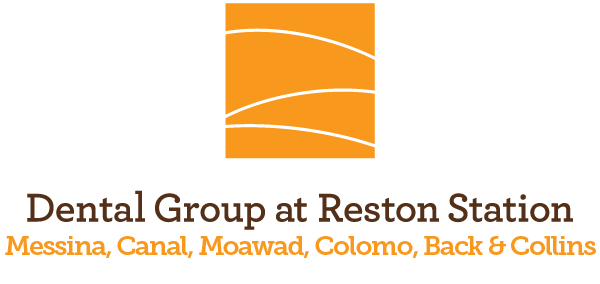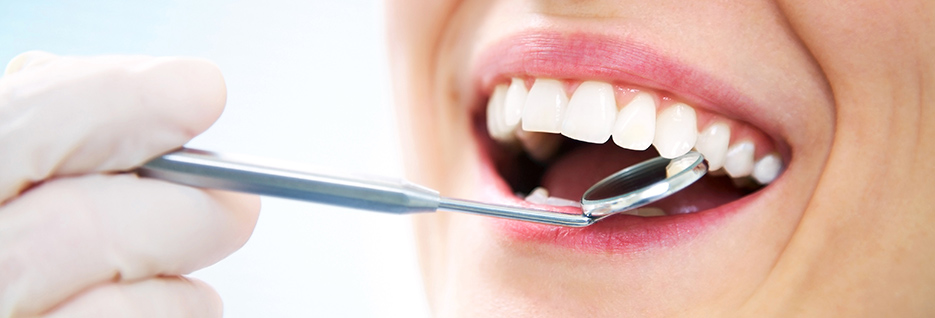TMJ / TMD
Temporomandibular joint dysfunction
If you suffer from chronic face and neck pain or recurring headaches, the problem could stem from your temporomandibular joints (TMJ), the joints that connect the lower jawbone to your skull.
When functioning properly, these joints allow for pain-free chewing, speaking, yawning and swallowing.
However, when this joint is out of alignment, many different types of pain and discomfort can occur. Sometimes, normal jaw motion is even restricted.
Two different sets of initials are used to indicate this problem:
- TMJ refers to the temporomandibular joints
- TMD designates the disorder of these joints
Symptoms that you may have a problem with the alignment of your lower jaw (TMD) include:
- Headaches
- Neckaches
- Pain or stuffy feeling in the ears
- Ringing in the ears
- Clicking or popping sound or feeling when the jaw moves
- Swelling on either side of the face
- Muscle spasms in the jaw area
- Limited opening of the mouth or locking of the jaw
- Incorrect alignment of the top and bottom teeth
If you have one or more of these symptoms, let your doctor and your dentist know. Your dentist can help diagnose the presence of TMD and design a treatment plant that’s right for you.
Here are some things you can do at work and at home to help prevent, or at least alleviate the symptoms of TMD:
- Relax your jaw muscles
- Avoid grinding your teeth
- Relax the muscles of your face, keeping lips together and teeth apart
- Don’t hold the phone in place with your face and shoulder – hold it in your hand or use a headset
- Don’t chew gum
- Chew using both jaw muscles evenly
- Pay attention to your posture and hold your head straight and erect
- Don’t rest your chin on your hand
Contact our dental office and make an appointment. We are here to help: (703) 318-8200






